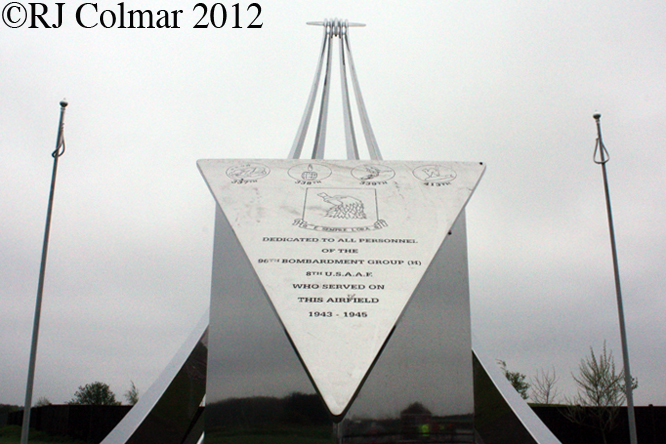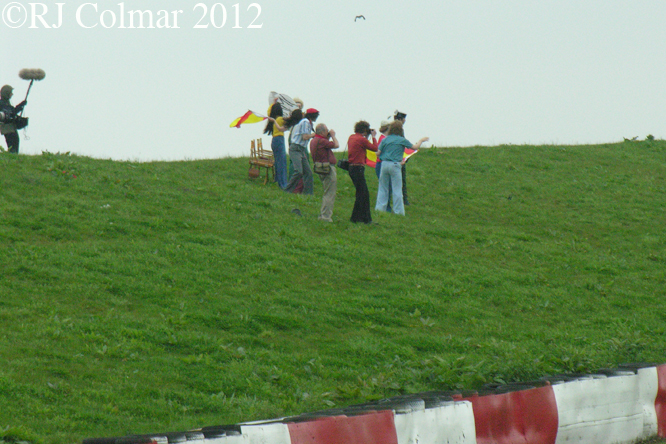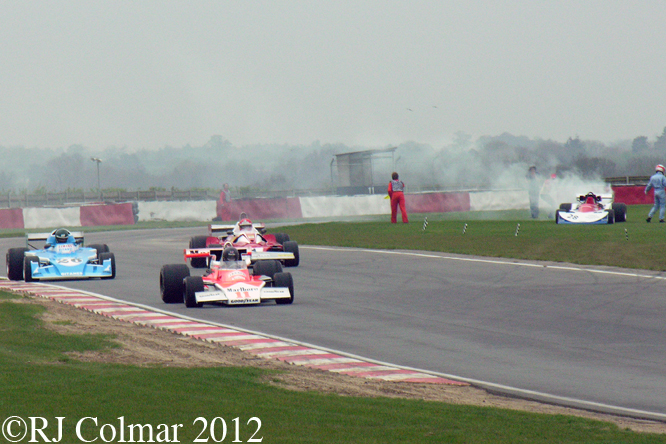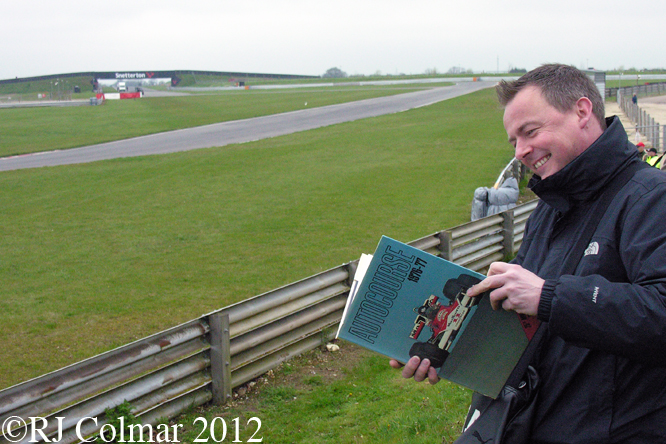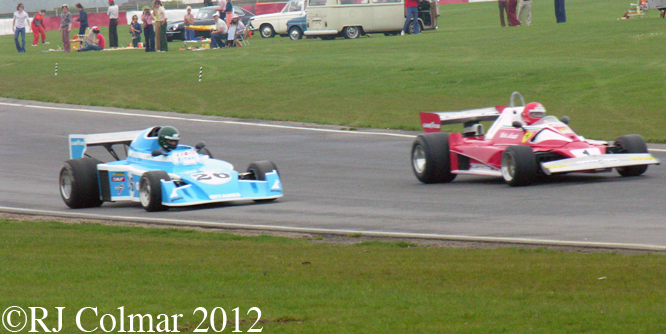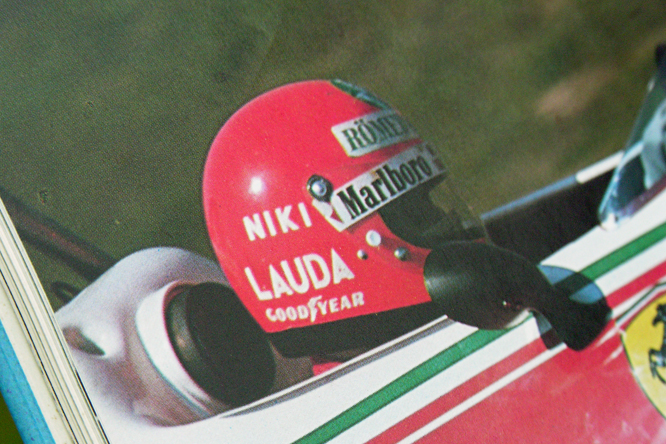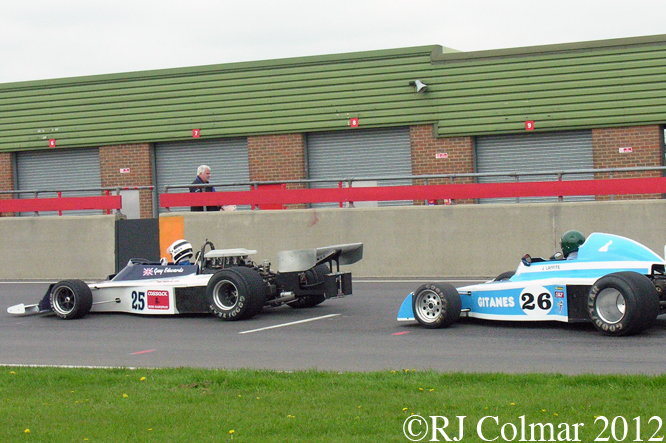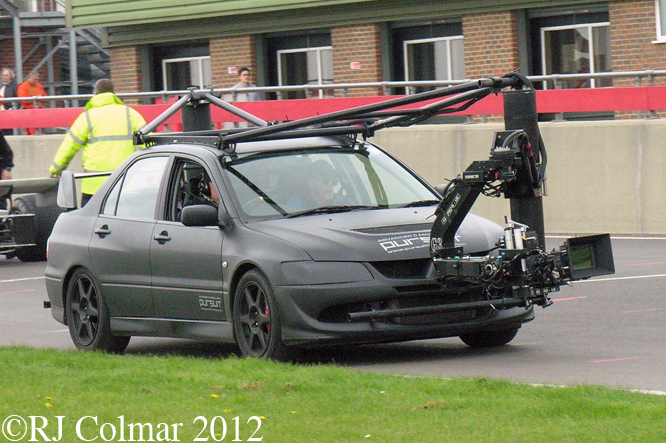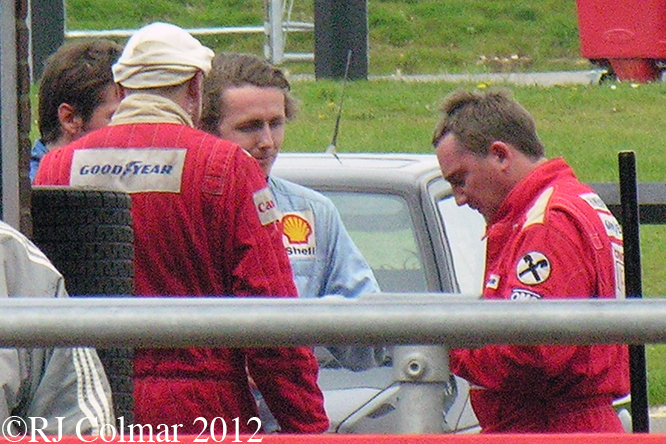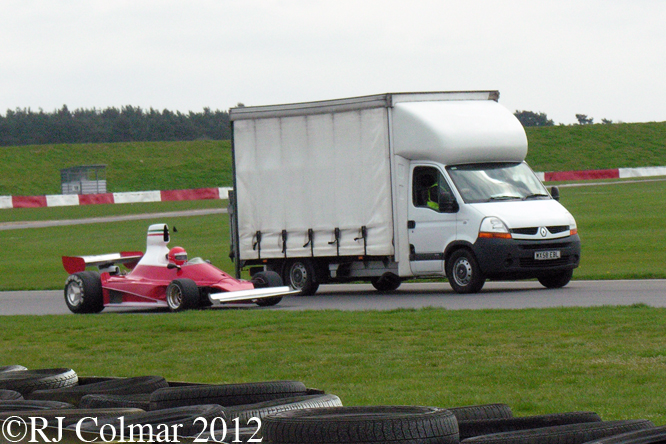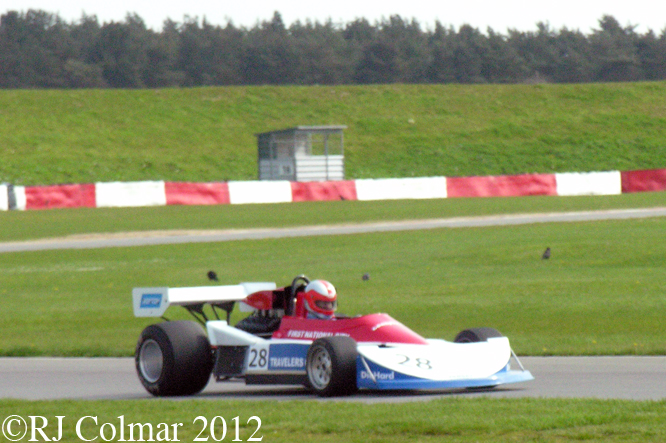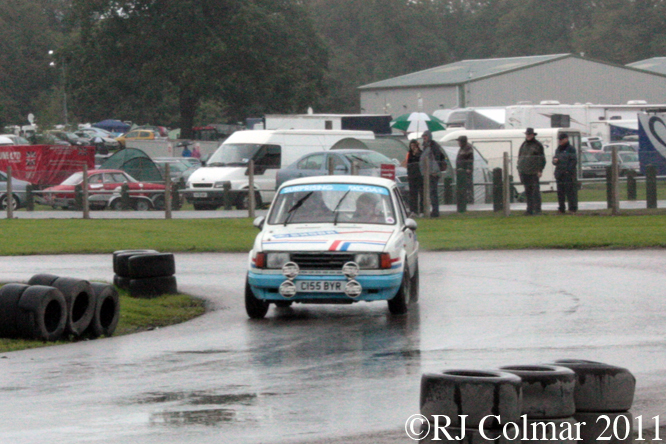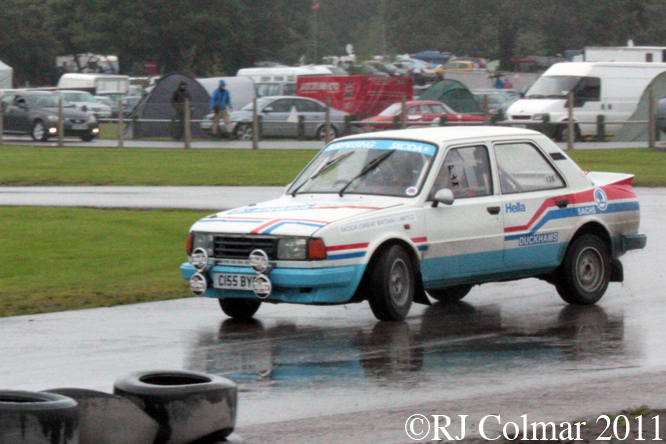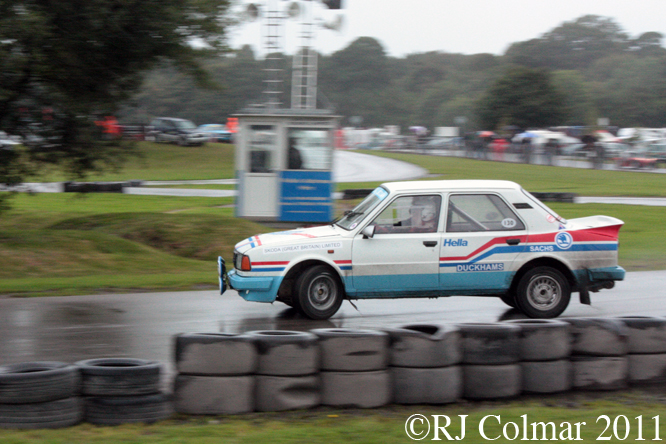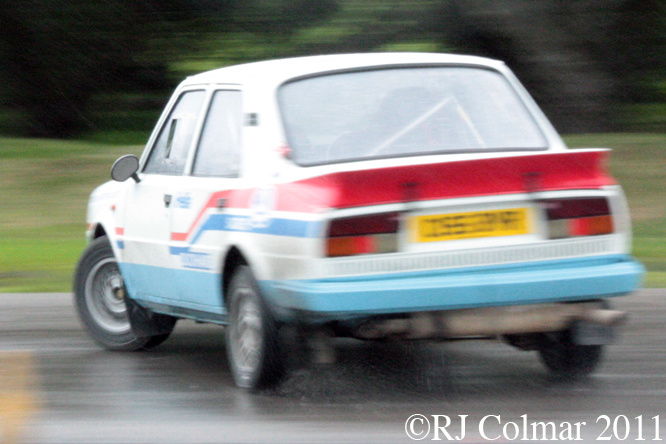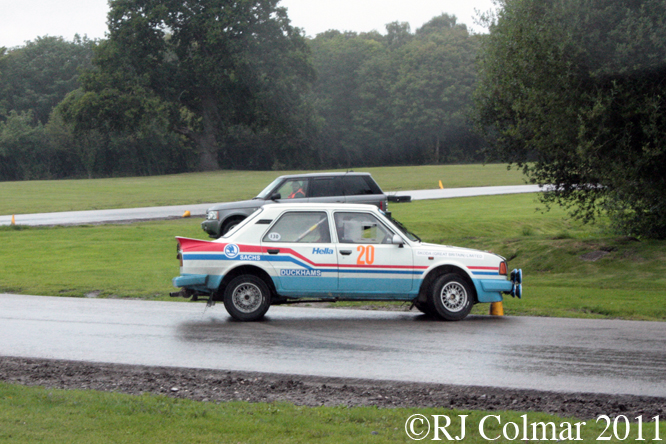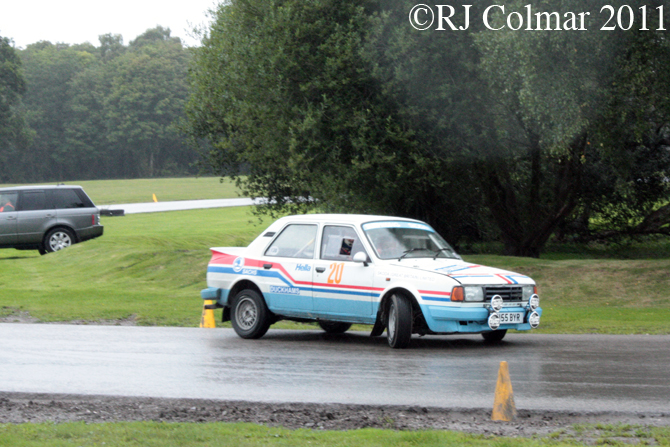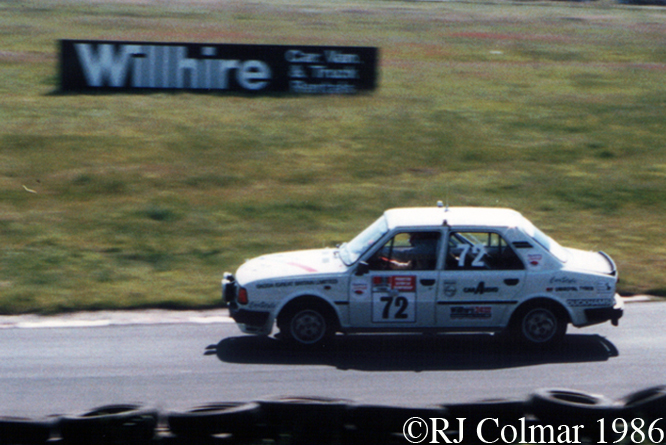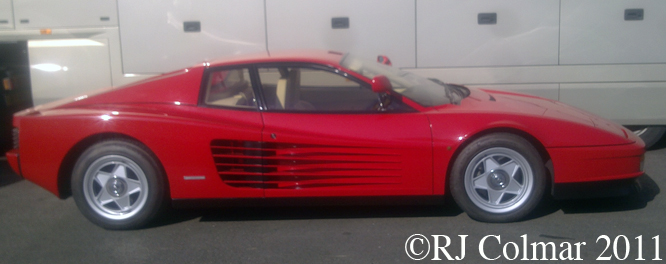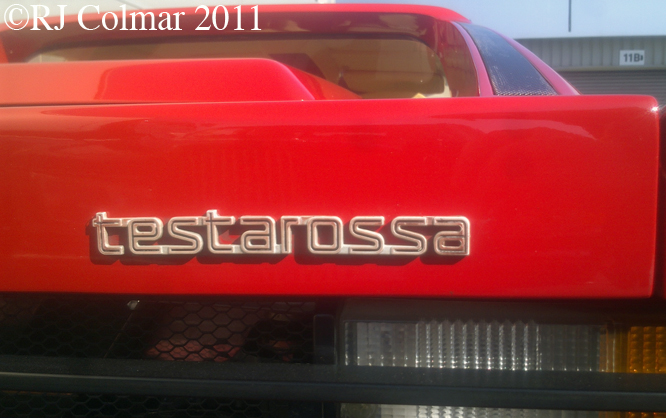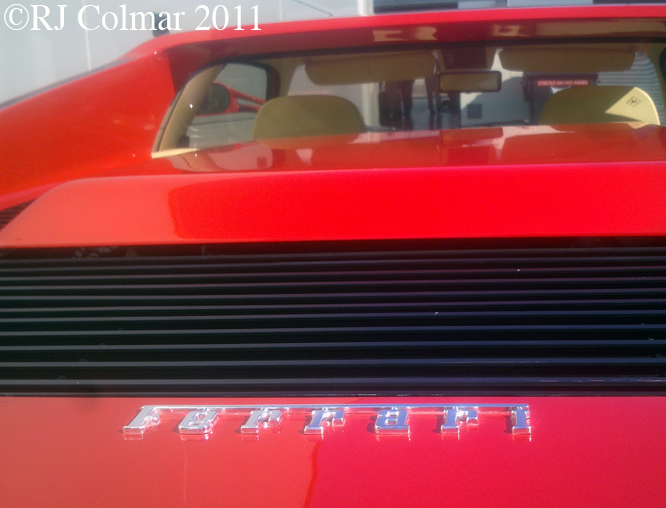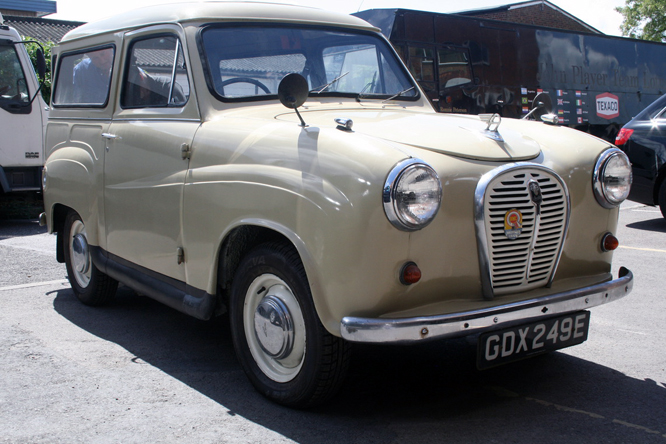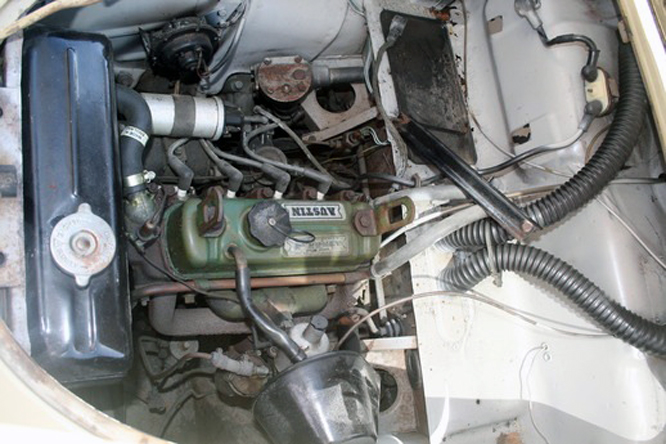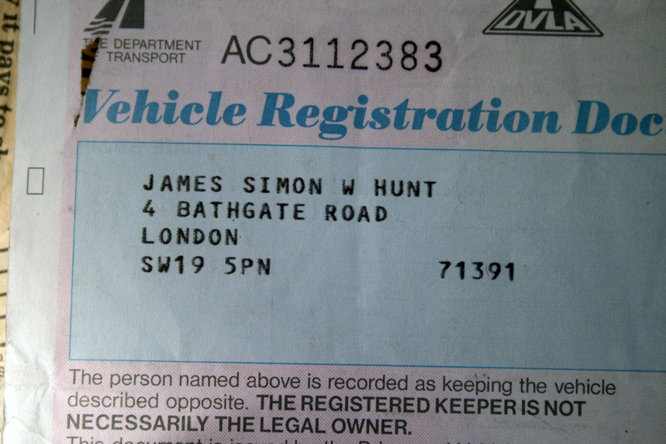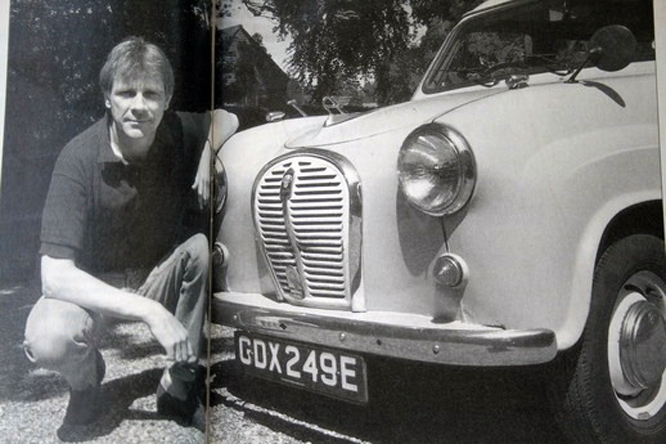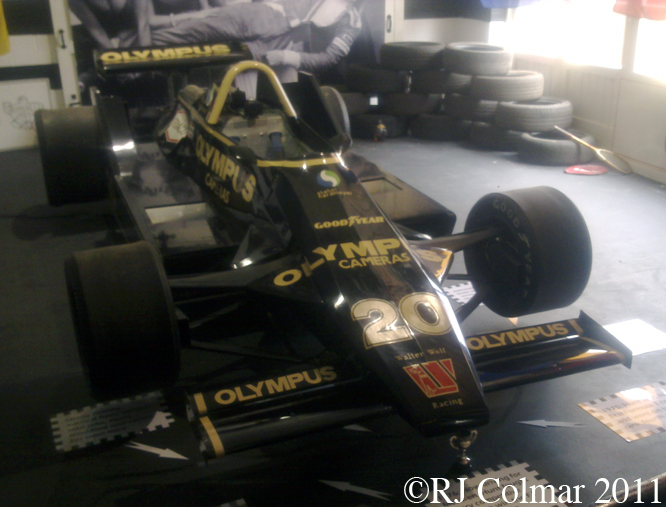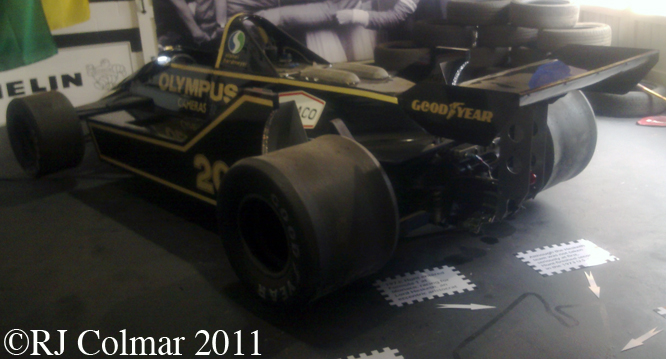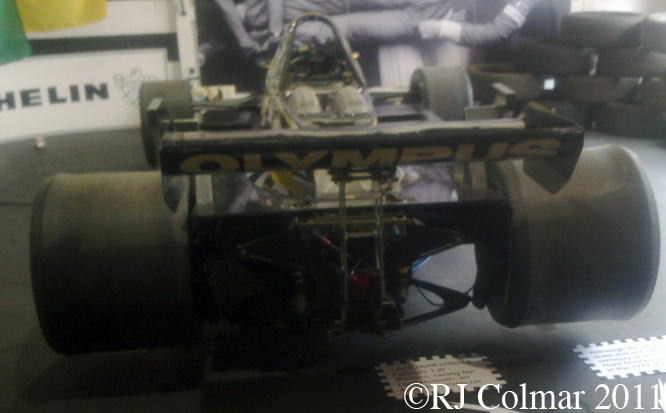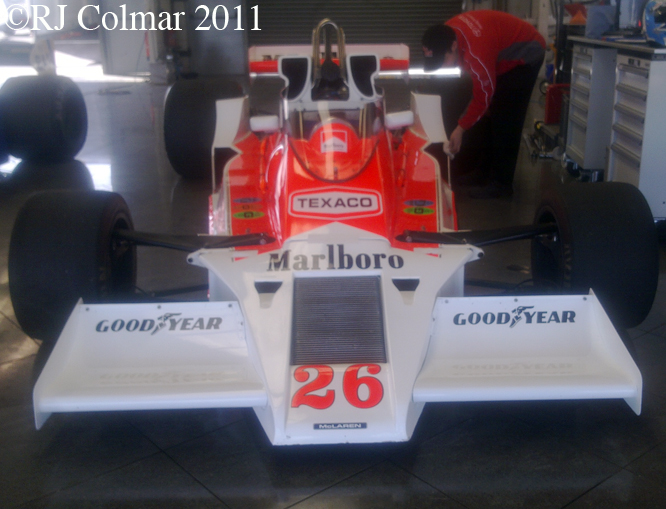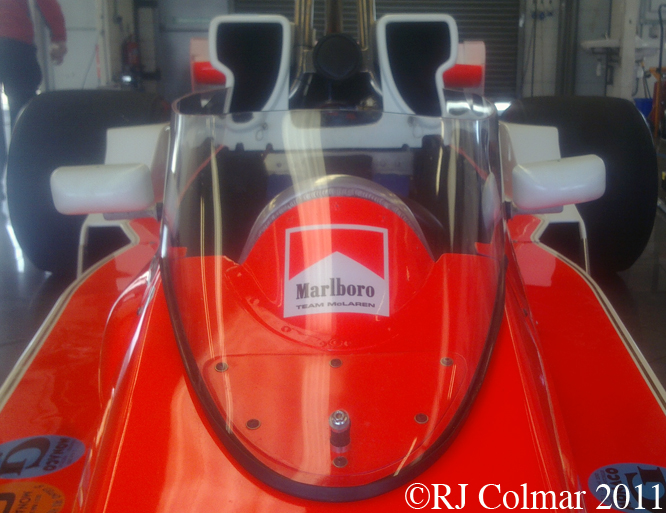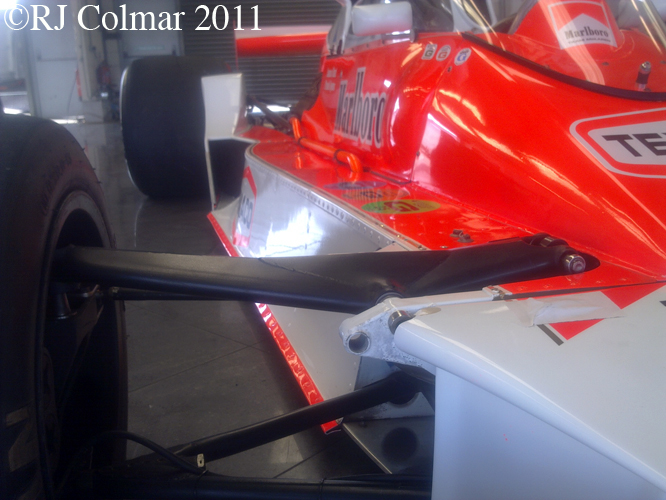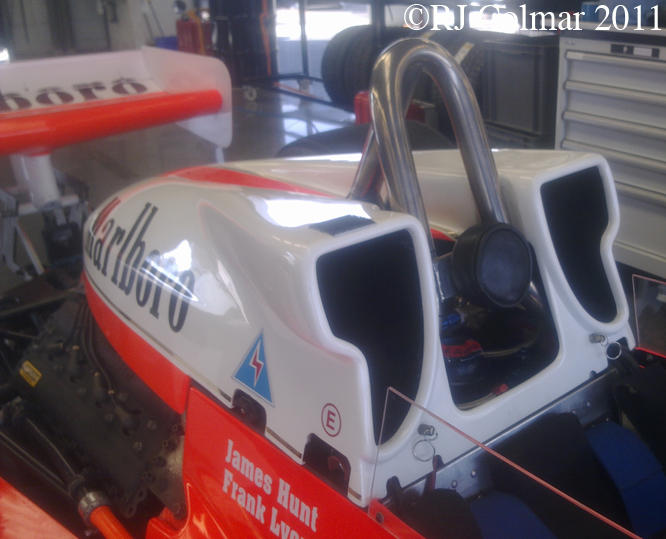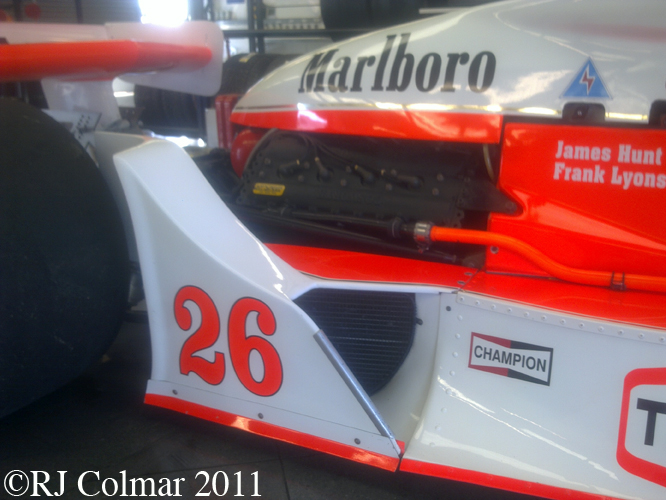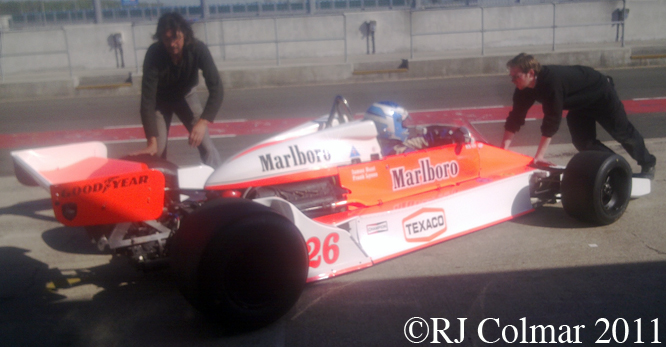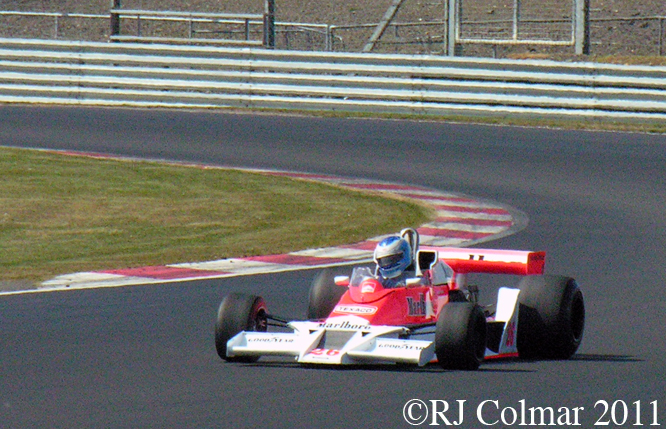Shortly after dawn on Saturday morning I found myself cruising across the Somerset levels headed for Wiscombe Park in deepest Devon where the Woolbridge Motor Club was running a fully subscribed hillclimb where I found myself being assigned to the Esses 2 marshals post with two seasoned marshals from Melksham.
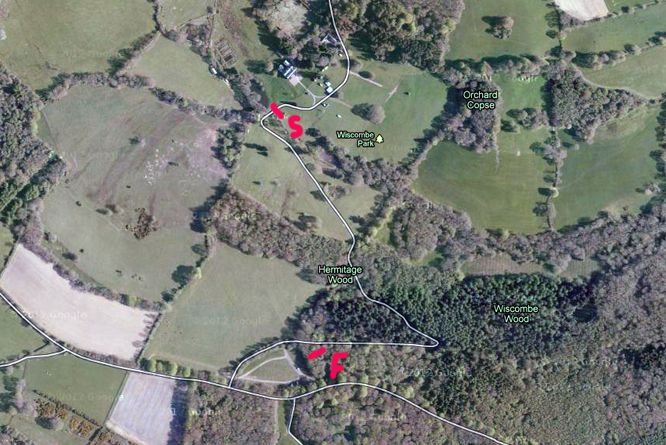
The 1000 yard course at Wiscombe Park was first used in 1958 and the course record is currently held by Aylesbury’s Trevor Willis who recorded a time of 33.92 seconds in his OMS 25 Powertech in July last year.
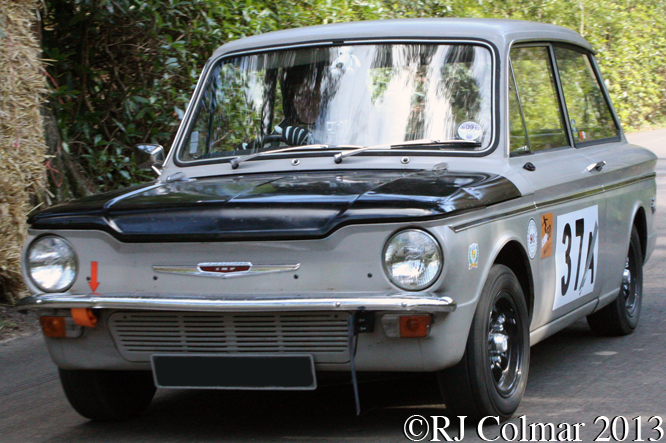
The marshals post Esses 2 is situated on the outside of a sweeping corner and afforded a great view of the action as cars clipped a huge tree at the apex of the corner. All of today’s photo’s were taken as the vehicles returned from the top of the hill to the paddock. Jenny Howells shared this 1968 Hillman Super Imp with her husband Alex.
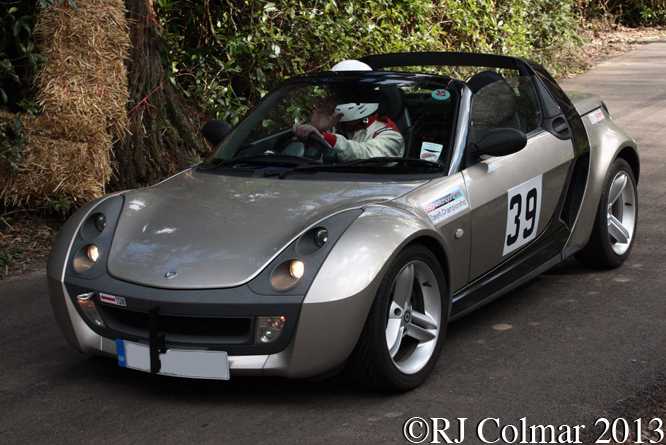
Running in the same Road going cars up to 1400 cc class and a little faster was Peter Hodson in his Smart Roadster Turbo.
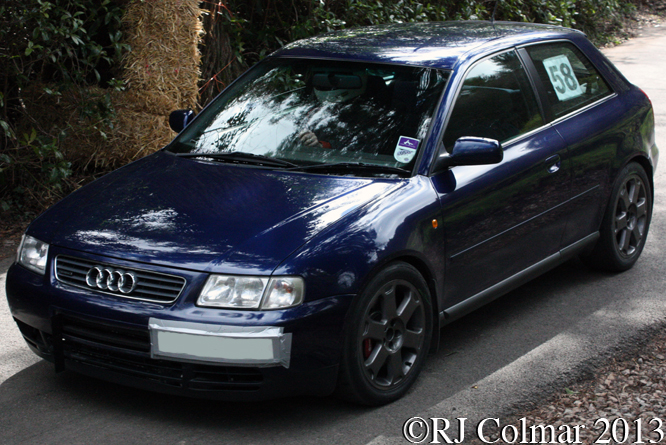
Fastest in the over 1800 cc Road going class was the Audi A3 Turbo quattro of Anthony Wright who made a fastest run of 45.15 seconds around half a second faster than his nearest challenger.
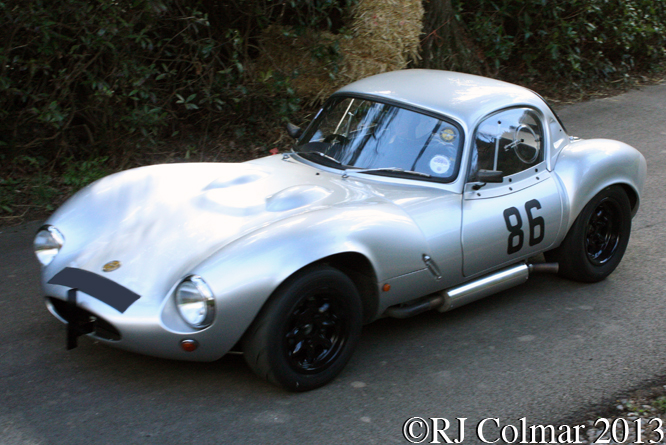
Last time I saw Roger Coote’s Ginetta G4 in action was at the Great Western Sprint when it was freezing, what a difference a couple of weeks makes. On this occasion Roger finished third in the Specialist Production B2 class.
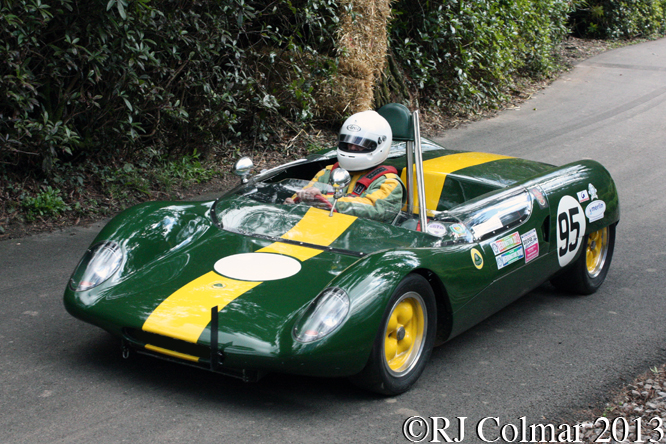
Cliff Conibear proved to be a model of consistency recording identical times of 45.96 seconds on both of his runs in his Lotus 23B, good enough for 5th in the Road going B3 class.

James Hunt’s BMW 2002 Touring shows signs of savaging the tree on the entry to The Gate on his second practice run, he made amends by finishing both of his timed runs recording fourth fastest time in the modified production C3 class.
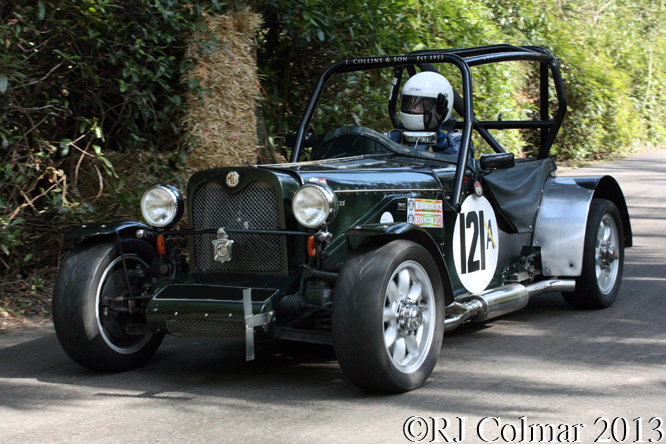
Another car that seems pop up frequently in my travels is John Biggs Kayne Special III which looked far happier at Wiscombe Park than it did at the Great Western Sprint when I saw it last. John who finished 3rd in the Sports Libre D2 class tells me he has tested the Rover V8 powered Kayne Special III at over 140 mph and looks forward to giving it a run in a race at Silverstone in the near future.
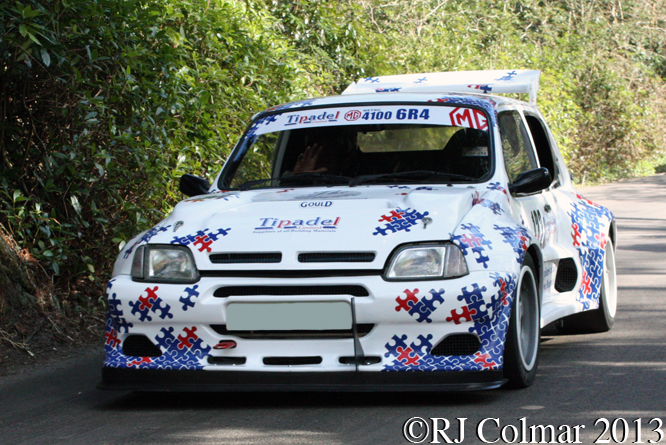
Competing in the same class as the Kayne Special as the Kayne Special were Andy Fraser and Tim Painter who shared this MG Metro 6R4 DAM 4100 which features a space frame chassis built by Dave Appleby Motorsport, the running gear from the steel shelled MG Metro 6R4 and a post 1995 Rover Metro style body. Andy seen at the wheel here proved faster than Tim and won the D2 class.
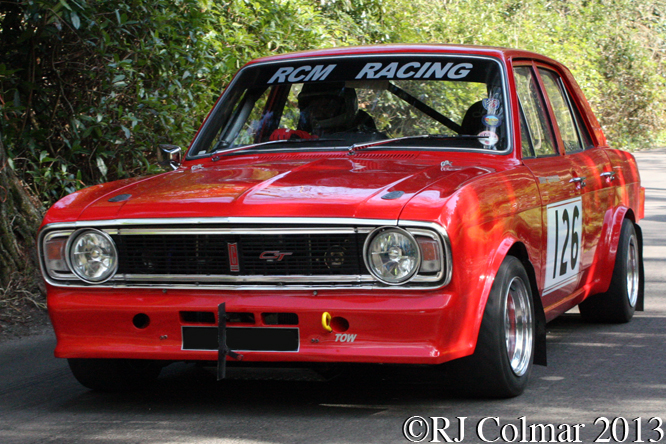
Craig Moore is on a mission to threepeat his Bridge Tyres & Wheels Wiscombe Park Hill Climb Championship wins in 2011 and 2012 with his 4 door Ford Cortina 1600 GT, being the first person to win back to back championships he is now looking to become the first man to win three championships in a row, he started his campaign with a second in the Rally Cars class D4 on Saturday.
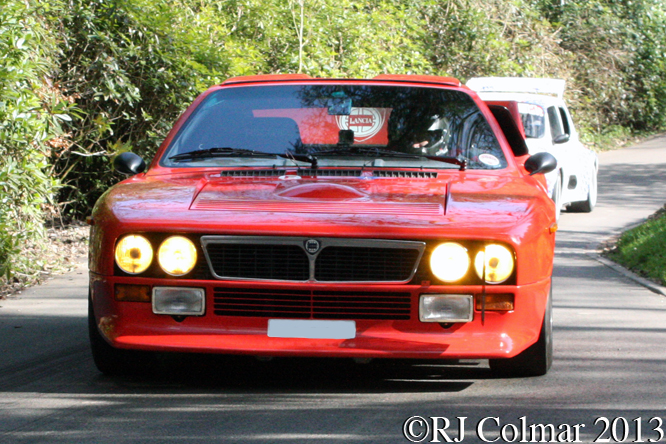
Like the MG Metro 6R4 the Lancia 037 Stradale was built for Group B rallying it would appear the Robert Wadsworth example is one of the 200 037 road cars built to meet the mandatory homologation requirements. Robert finished third in the Rally Car D4 class.
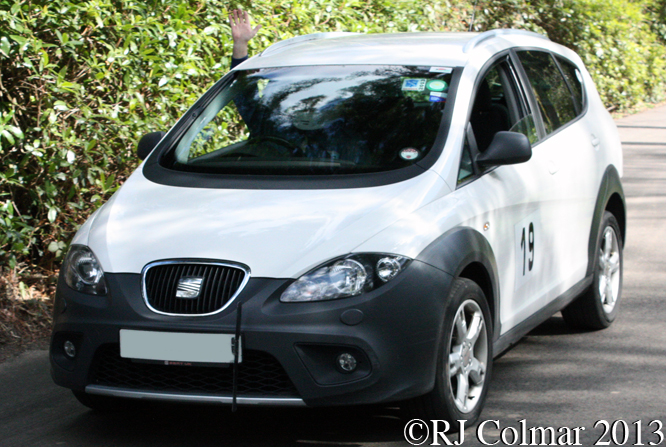
Gordon Hicks #19 was listed as a Megapin HC3 open wheeler but a check of the licence plate reveals that he was actually driving a SEAT Altera Freetrack TDI 4WD in the Road Going A3 class in which he finished with the ninth fastest time.
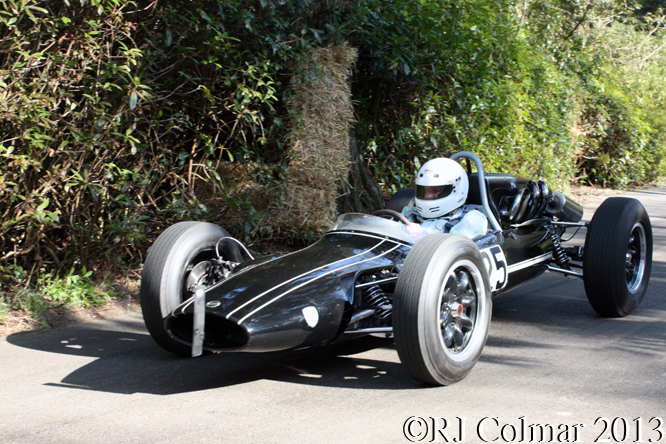
The Cooper T65 was designed to compete in the 1963 Formula Junior series against the Lotus 27. Reg Broome drove his car running with a 1598 cc / 96.7 cui motor recorded 7th fastest time in the E2 Racing cars class.
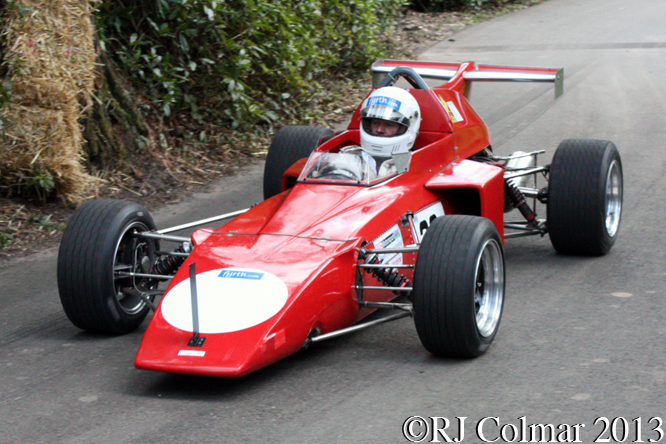
Running a similar motor to the Coopper T65 Bristol’s Fyrth Crosse drove his early 1970’s Ensign LNF3 Formula 3 car to a fifth fastest time in the E2 class.
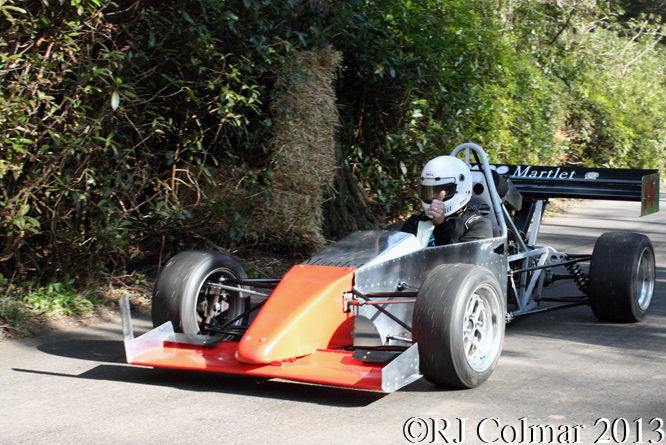
Maidenhead’s Adam Steele had a mishap at the entry to The Gate on his first timed run, despite spinning he avoided hitting anything and on his second timed run he recorded second fastest time of the day overall with his 1 litre / 61 cui Martlet AS1 running in the E1 racing car class.
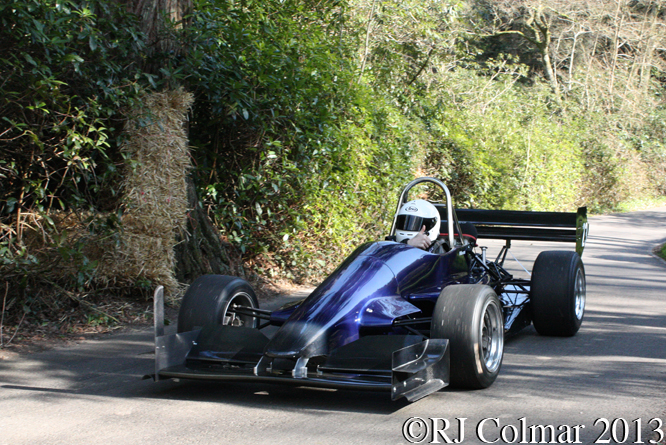
Fastest time of the day was 36.57 seconds recorded by Ed Hollier driving his Pilbeam MP62 in the E2 class.
After a fantastic days action it was time to drive home and prepare for a spot of competition myself the following day, full report next Wednesday.
Thanks for joining me on this “WMC Championship Hillclimb” edition of “Gettin’ a li’l psycho on tyres” I hope you will join me again tomorrow. Don’t forget to come back now !


